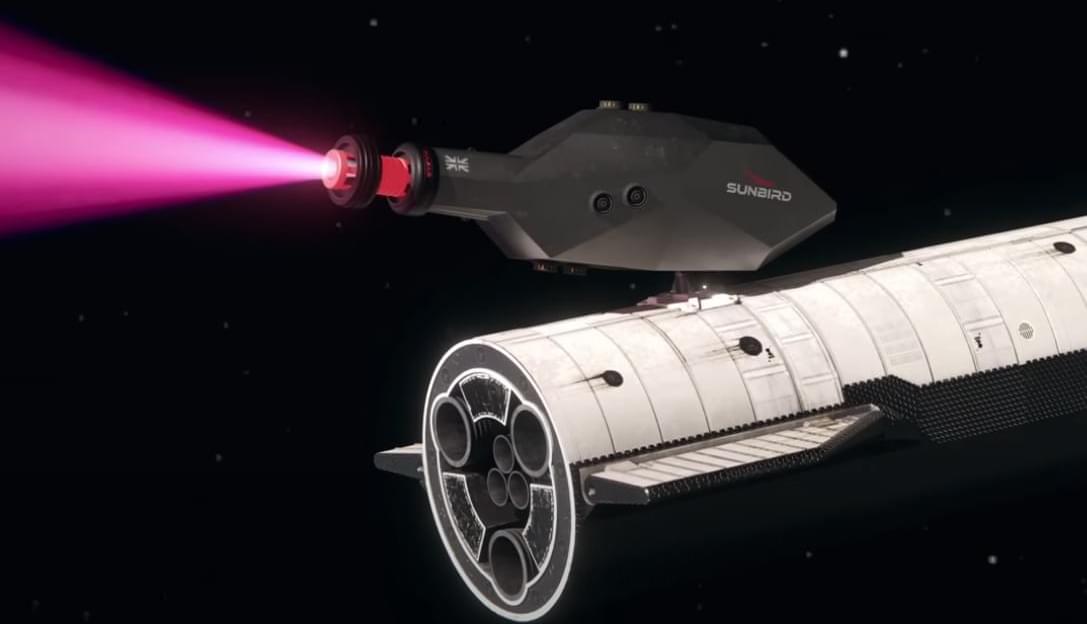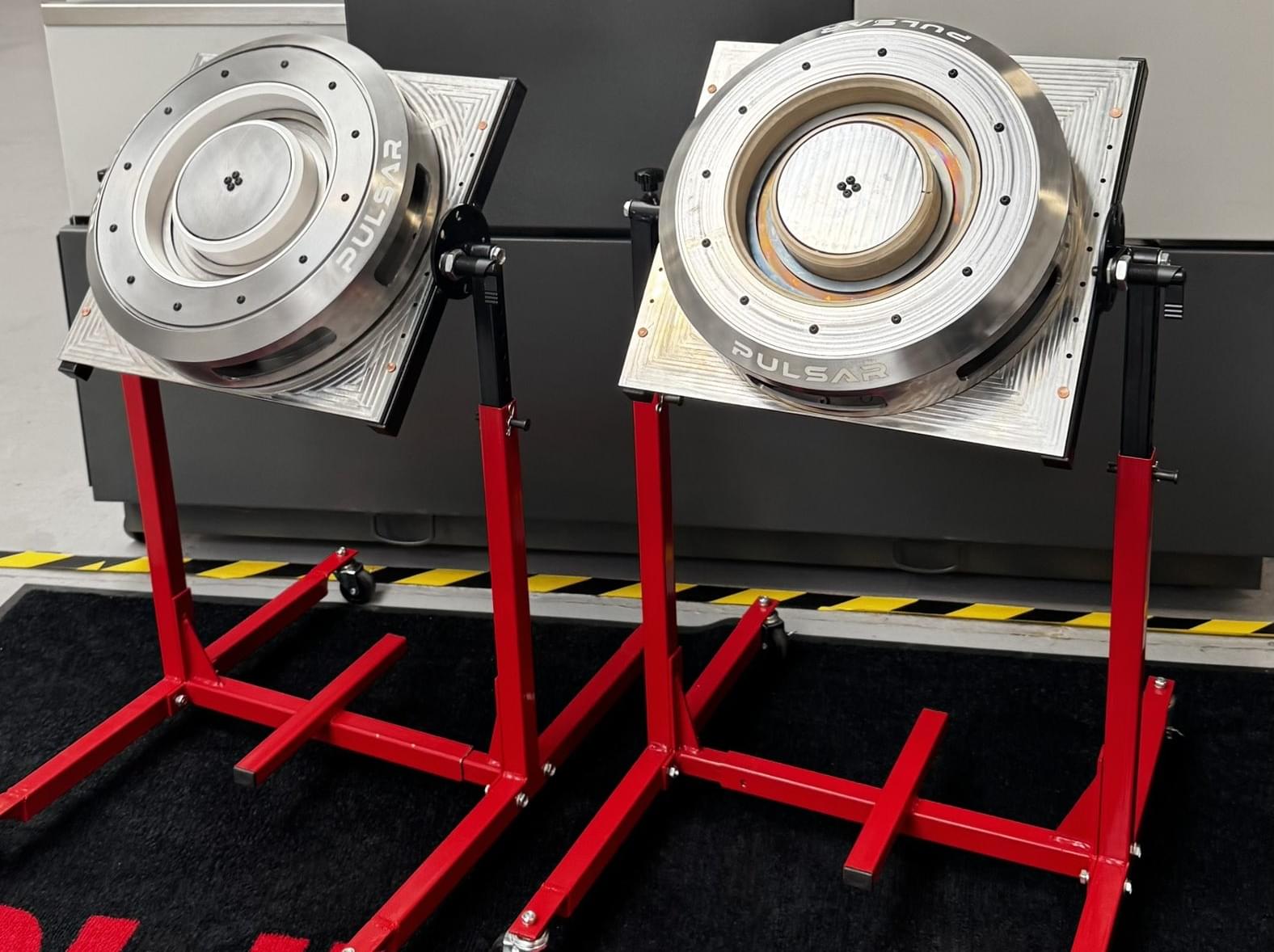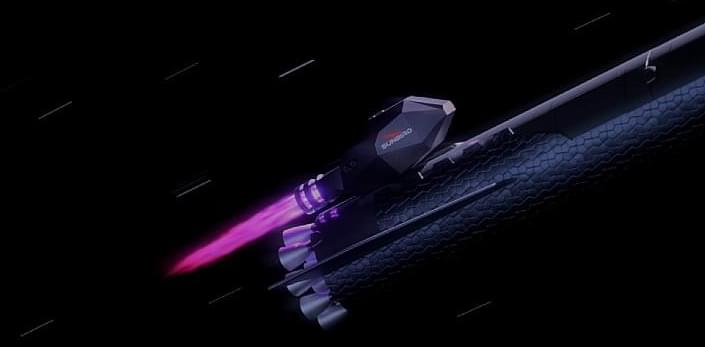Are human cyborgs the future? You won’t believe how close we are to merging humans with machines! This video uncovers groundbreaking advancements in cyborg technology, from bionic limbs and brain-computer interfaces to biological robots like anthrobots and exoskeletons. Discover how these innovations are reshaping healthcare, military, and even space exploration.
Learn about real-world examples, like Neil Harbisson, the colorblind cyborg artist, and the latest developments in brain-on-a-chip technology, combining human cells with artificial intelligence. Explore how cyborg soldiers could revolutionize the battlefield and how genetic engineering might complement robotic enhancements.
The future of human augmentation is here. Could we be on the verge of transforming humanity itself? Dive in to find out how science fiction is quickly becoming reality.
How do human cyborgs work? What are the latest AI breakthroughs in cyborg technology? How are cyborgs being used today? Could humans evolve into hybrid beings? This video answers all your questions. Don’t miss it!
#ai.
#cyborg.
#ainews.
====================================



